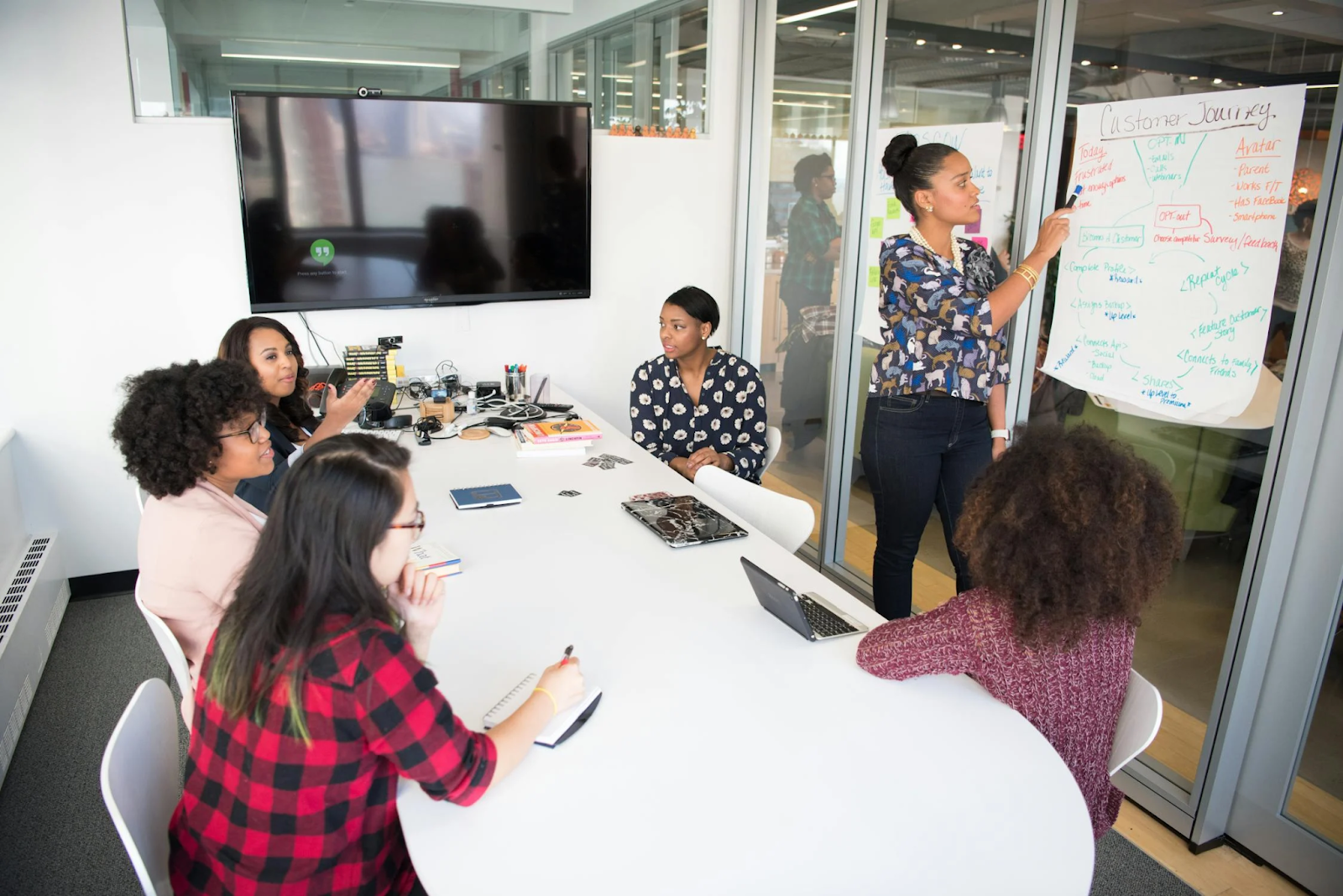Comments
- No comments found

Employee performance plays a crucial role in the success of every organization.
High-performing employees aren’t just about cranking up productivity — they also play a big role in making the whole workplace run smoother and more effectively.
Getting and keeping employees performing at their best involves using a mix of different methods and approaches. In this article, we will explore how employers can implement frameworks to improve workplace performance via continuous e-learning, effective communication, goal setting, feedback mechanisms, and the use of modern tools and technologies.

In today's rapidly evolving work environment, staying ahead of industry trends, technological advancements, and best practices is essential for remaining competitive. Organizations can invest in corporate training solutions that provide opportunities for professional growth and development. Thus, employees can enhance their skills through various learning methods, such as attending workshops, seminars, webinars, and courses. In addition, employee training software can simplify the learning journey, providing a broad selection of online courses and tailored learning paths. Embracing a culture of lifelong learning fosters adaptability and resilience, empowering employees to thrive in an ever-changing business landscape.
Effective communication is paramount for improving employee performance in the workplace. Clear and open communication channels facilitate the exchange of ideas, feedback, and information, leading to better decision-making and problem-solving. Encouraging collaboration among team members fosters a culture of innovation and creativity, ultimately driving performance improvement. Moreover, establishing regular communication channels between managers and employees helps better identify challenges and allows for timely support and guidance. By promoting a culture of transparency and inclusivity, organizations can cultivate an environment where employees feel valued and empowered to perform at their best.
Setting clear and achievable goals is essential for boosting employee performance and productivity. By aligning individual objectives with organizational goals, employees gain clarity on expectations and priorities, which motivates them to strive for excellence. Using the SMART (Specific, Measurable, Achievable, Relevant, Time-bound) goal-setting framework and having regular performance sessions facilitate the implementation of a robust performance management system. Also, recognizing goal achievements and providing opportunities for career advancement encourages employees to consistently deliver their top performance.
Feedback mechanisms play a pivotal role in improving employee performance by providing insights into both strengths, as well as areas for improvement. Regular performance reviews enable managers to assess employee performance objectively and identify areas where additional support or training may be required. Constructive feedback should be timely, specific, and actionable, focusing on both accomplishments and areas needing development. Creating a culture of continuous feedback fosters a growth mindset among employees, encouraging them to seek out opportunities for self-improvement and skill enhancement. Furthermore, soliciting feedback from employees regarding their work environment, challenges, and suggestions for improvement demonstrates a commitment to their well-being and professional growth.
In today's digital age, modern tools and technologies can significantly enhance performance. From project management software to communication platforms and data analytics tools, there are various tools available to streamline workflows and automate routine tasks. By delegating more tactical tasks to these tools, employees are able to better focus on ones that require critical thinking. Relying on modern technologies can improve their workflow, allow for flexibility, and help them evolve and adapt, even in challenging times. Also, proper training and support on new tech allows employees to effectively improve their performance.
Employee well-being and work-life balance are integral aspects of performance improvement. Recognizing the importance of a healthy work-life balance, organizations can implement policies and initiatives that support employee well-being. This includes offering flexible work arrangements, promoting mental health awareness, and providing access to resources such as employee assistance programs. Encouraging regular breaks, promoting physical activity, and fostering a culture of mindfulness can also contribute to employee wellness and productivity. By prioritizing employee well-being, organizations demonstrate their commitment to creating a supportive work environment where employees can thrive both personally and professionally.

Boosting employee performance at work involves various strategies, including continuous learning, effective communication, goal setting, feedback mechanisms, and the use of modern tools and technologies. By investing in employee development, fostering a culture of collaboration and innovation, and providing the necessary support and resources, employers can empower their people to reach their full potential. Ultimately, a high-performing workforce not only drives long-term sustainable growth but also contributes to a positive work environment.
Leave your comments
Post comment as a guest